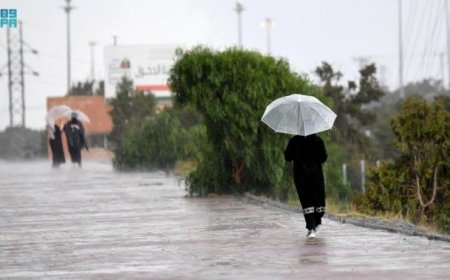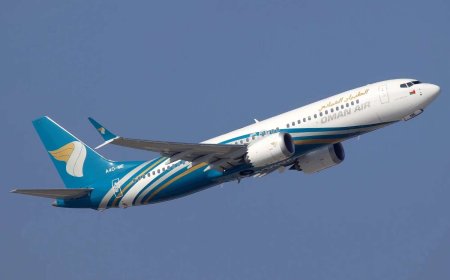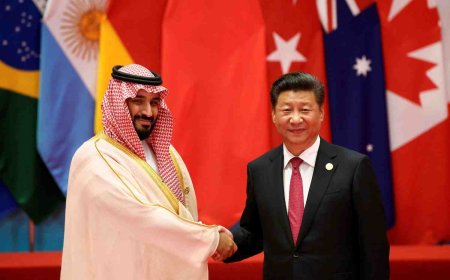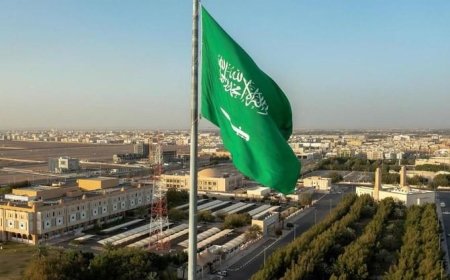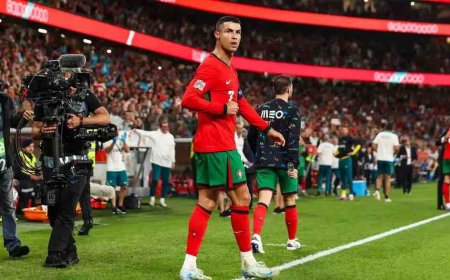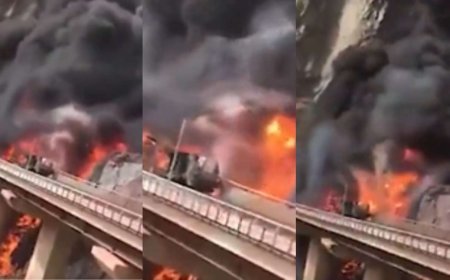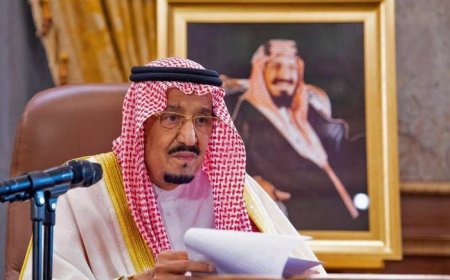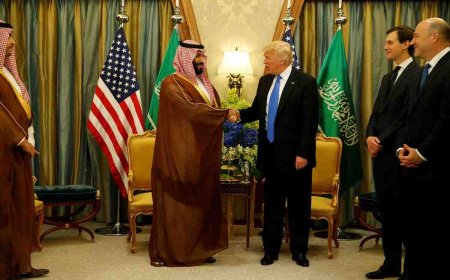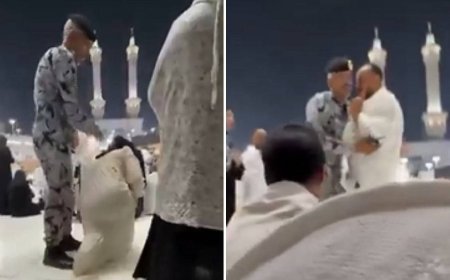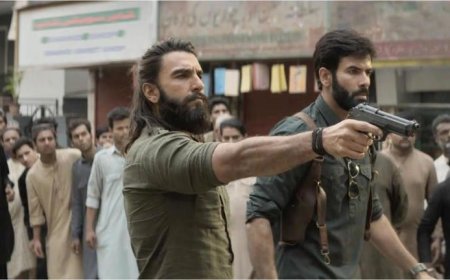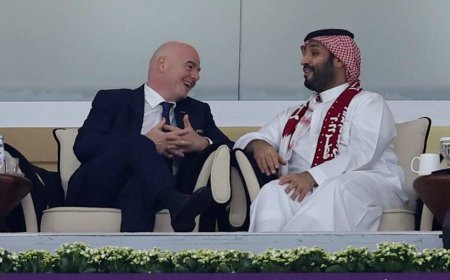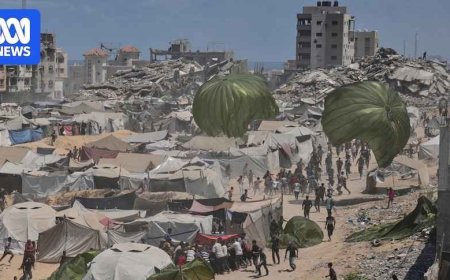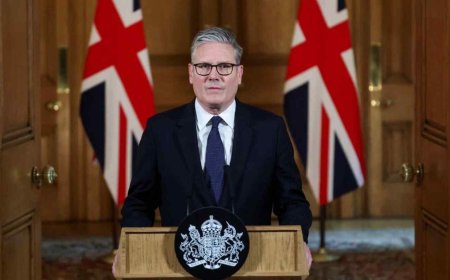Hamas Leaders Survives Israeli Strike in Doha: A Profile of Key Figures and Strategic Implications
An Israeli strike in Doha targeted top Hamas leaders but failed to eliminate them, leaving the group’s leadership structure intact. The survival of these key figures underscores Hamas’s resilience and raises questions about Israel’s strategy, future regional stability, and the broader implications for ongoing ceasefire negotiations.
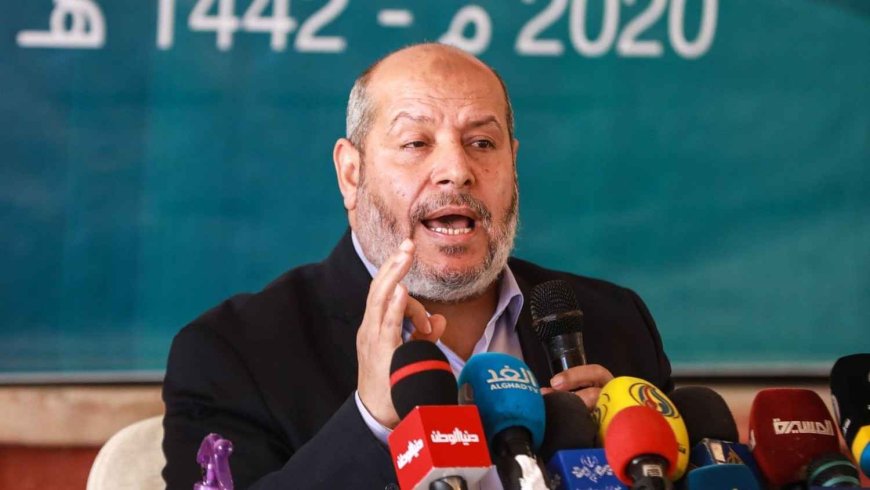
Hamas Leaders Survives Israeli Strike in Doha
On September 9, 2025, Israel launched an unprecedented strike on Qatari land, specifically targeting senior Hamas leadership in exile. While the assault took victims, a major truth emerged: the core of Hamas' political and negotiation structures survived. This article examines the significant individuals targeted as well as the event's far-reaching strategic consequences.
The Target: Hamas's Doha-Based Command
The strike, which occurred in Doha's Leqtaifiya area, tried to decapitate Hamas' foreign leadership at a vital juncture—while they were apparently discussing a US-backed ceasefire and hostage-exchange agreement. Despite the high-value target, Hamas announced that its top negotiators and political leaders were unharmed, while the strike killed many close aides and a Qatari security officer.
Khalil al-Hayya: The Diplomatic Linchpin Who Survived
Khalil al-Hayya, an important leader in Hamas, was at the center of the Israeli operation. Following the deaths of Hamas leaders Ismail Haniyeh and Yahya Sinwar in 2024, al-Hayya was appointed to the organization's temporary five-person leadership council.
A founding member with deep roots. Born in Gaza in 1960, al-Hayya joined Hamas after its formation in 1987. He is a talented diplomat and negotiator who works mostly in Doha, which has acted as the group's foreign outreach and mediation hub.
A History of Personal Tragedy: Al-Hayya suffered massive personal loss as a result of Israeli strikes. In 2014, an attack murdered his eldest son, Osama, as well as his wife and children.The recent Doha strike added to this tragedy, killing another son, Humam al-Hayya, and Jihad Labad, the director of his office.
Other High-Level Targets in the Crosshairs
The Israeli strike was not solely focused on al-Hayya. Intelligence suggests it was a broad attempt to dismantle the Hamas leadership in exile.
-
Zaher Jabarin: Often described as Hamas’s chief financial administrator, Jabarin oversees the group’s vast financial network. A longtime leader, he was imprisoned by Israel in 1993 and released in the 2011 prisoner exchange for Israeli soldier Gilad Shalit. He also serves on the temporary ruling council.
-
Khaled Mashal: The veteran political leader and former head of Hamas’s political bureau was also reportedly a target. Based in Doha, Mashal remains a influential strategic thinker within the organization.
-
Mohammad Ismail Darwish: As the chairman of the Hamas Shura Council, Darwish is another key member of the ruling council and was likely on the target list.
Who Was Killed in the Strike?
The human cost of the operation was significant, though it largely claimed the lives of support staff and security. The confirmed casualties are:
-
Humam al-Hayya (son of Khalil al-Hayya)
-
Jihad Labad (Director of al-Hayya’s office)
-
Abdullah Abdul Wahid, Moamen Hassouna, and Ahmed al-Mamluk (Hamas bodyguards)
-
Corporal Bader Saad Mohammed al-Humaidi al-Dosari (A Qatari Internal Security Force officer)
Strategic Implications: Leadership Intact, Diplomacy in Tatters
The survival of Hamas's top leadership has several critical implications:
- A Failed Decapitation Strike: Militarily, the operation failed to achieve its main objective. The primary decision-makers—al-Hayya, Jabarin, Mashal, and Darwish—are still active, allowing Hamas' leadership structure in Doha to function.
- A Major Blow to Diplomacy: Politically, the strike may have accomplished the reverse of its purpose. Israel harmed the whole ceasefire talks process by hitting on the territory of mediator Qatar while active discussions were ongoing. The killing of a Qatari officer complicates any future mediation, forcing Qatar to strike a balance between its diplomatic position and a national response to a sovereignty violation.
- A New Phase of Conflict: The strike shows Israel's willingness to expand its campaign globally, including targeting nations that house Hamas officials. This significantly raises the stakes and has an opportunity to take the fight beyond Gaza and Israel's borders.
In short, while the Israeli airstrike in Doha demonstrated great intelligence and capacity, its inability to destroy Hamas leadership indicates that the group's offensive strategy remains untouched. The true victim may be the weakened possibility of a diplomatic settlement, which has been seriously harmed by the attack and its aftermath.
What's Your Reaction?







